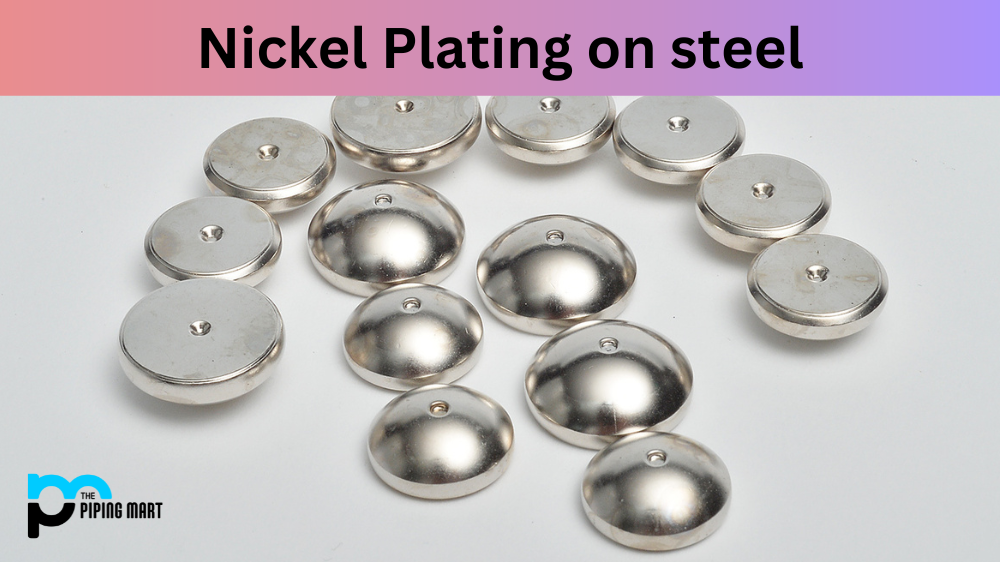Nickel plating is a process that involves electroplating a thin layer of nickel onto the surface of the steel. This method has been used for decades to provide steel with a protective coating, making it more durable and resistant to corrosion and wear and tear. In this article, we will discuss why nickel plating is such an effective way to protect steel, as well as its various applications.
What Does Nickel Plating Do?
Nickel plating helps protect steel from corrosion by providing a barrier between the metal and the environment. The layer of nickel also prevents oxidation, which can cause rust and other forms of damage over time. Additionally, nickel plating can provide greater strength and durability to the steel itself, making it more resistant to wear and tear.
When Should You Use Nickel Plating?
Nickel plating is most commonly used on items that need protection from corrosion or abrasion over time. For example, it is often used on automotive parts like brake rotors and engine components because these parts are exposed to extreme temperatures or high levels of friction. It is also commonly used on kitchenware items like cutlery or cookware because these items are often exposed to moisture or liquids, which can cause corrosion if left unprotected. Additionally, nickel plating can be used for decorative purposes such as jewelry pieces or even home decor accents.
Advantages Of Using Nickel-Plated Steel
In addition to its protective properties, there are several advantages to using nickel-plated steel. One of these advantages is that it offers excellent conductivity because the layer of nickel helps facilitate electrical current flow through the material. This makes it ideal for use in electrical components or wiring systems where reliable connections are needed. Another advantage is that it has excellent resistance to heat which makes it suitable for use in high-temperature environments like industrial manufacturing plants or furnaces where heat needs to be dissipated quickly without causing any damage to the material itself. Finally, it has excellent resistance against abrasion, so it can handle rough handling without showing signs of wear or tear over time.
Conclusion:
Nickel plating provides an excellent way to protect steel from corrosion and other forms of degradation while also providing improved strength and durability compared to untreated metals. It’s often used in automotive components due to its heat resistance and electrical conductivity, but it can also be found in everyday items like kitchenware due to its ability to resist corrosion caused by water exposure or frequent handling. Nickel-plated steel also looks great when used as decorative accents in jewelry pieces or home decor items – giving them an extra shine that adds a touch of elegance wherever they go!
Sakshee is a talented blogger, with a particular focus on the Business and Metal Industry. She is passionate about sharing her insights on various metal products and helping professionals to make a better decisions.




